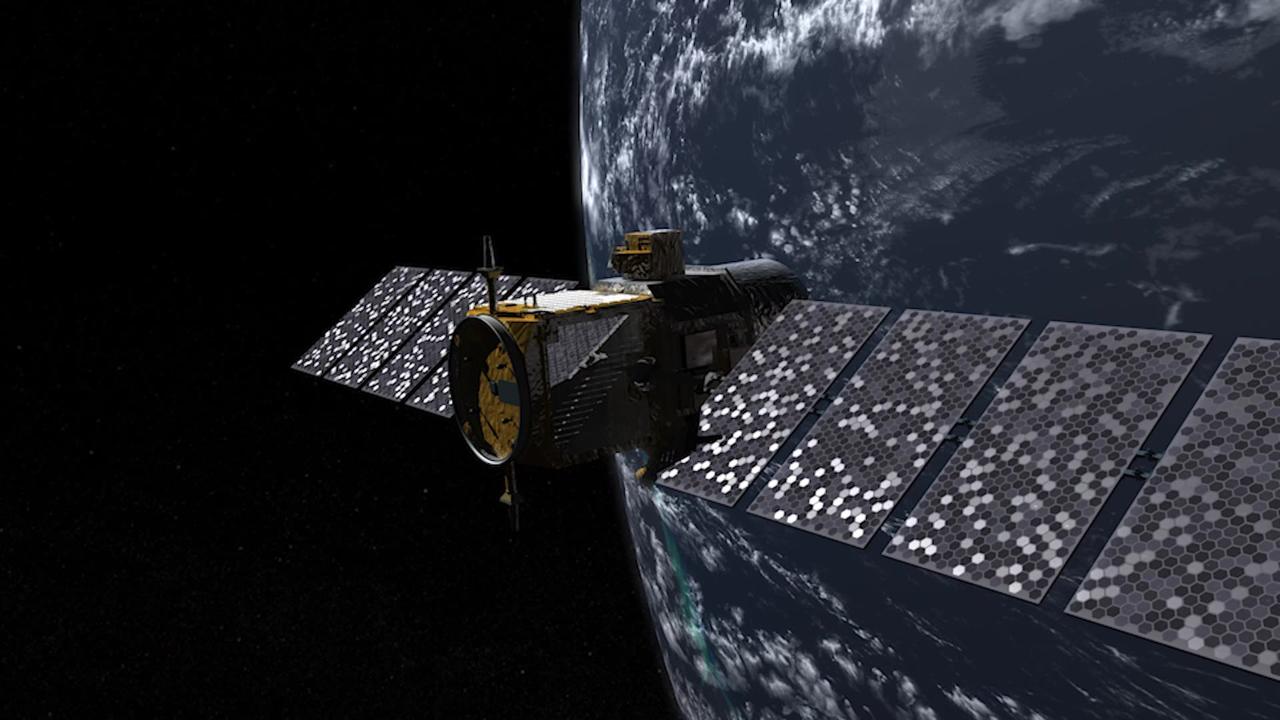
When the Hunga Tonga-Hunga Ha’apai volcano erupted on Jan.
15, it sent a tsunami racing around the world and set off a sonic boom that circled the globe twice.
The underwater eruption in the South Pacific Ocean also blasted an enormous plume of water vapour into Earth’s stratosphere – enough to fill more than 58,000 Olympic-size swimming pools.
The sheer amount of water vapour could be enough to temporarily affect Earth’s global average temperature.
So outside of its sheer magnitude, what makes this eruption so unique?
Well, it’s really a matter of our ability to see it through NASA and ESA satellites.
Music credit: “Color Chart” and “Bright Horizons” from Universal Production Music Credit: NASA's Goddard Space Flight Center Emily Watkins (GSFC Interns): Lead Producer Kathleen Gaeta(GSFC AIMMS): Producer Dr James Garvin (NASA Chief Scientist Goddard): Lead Scientist
